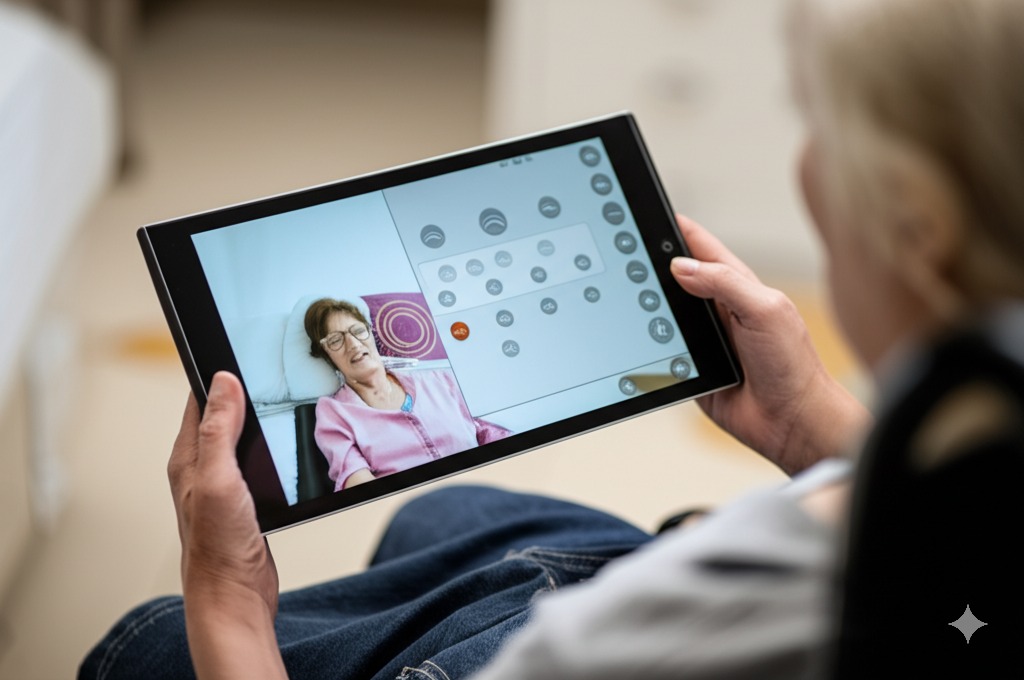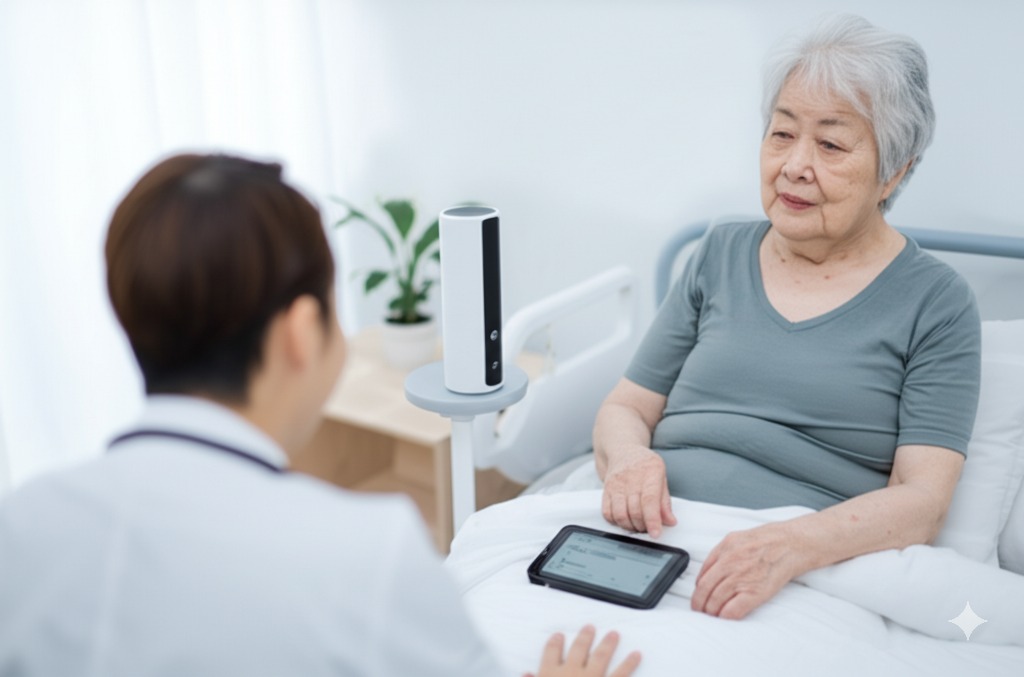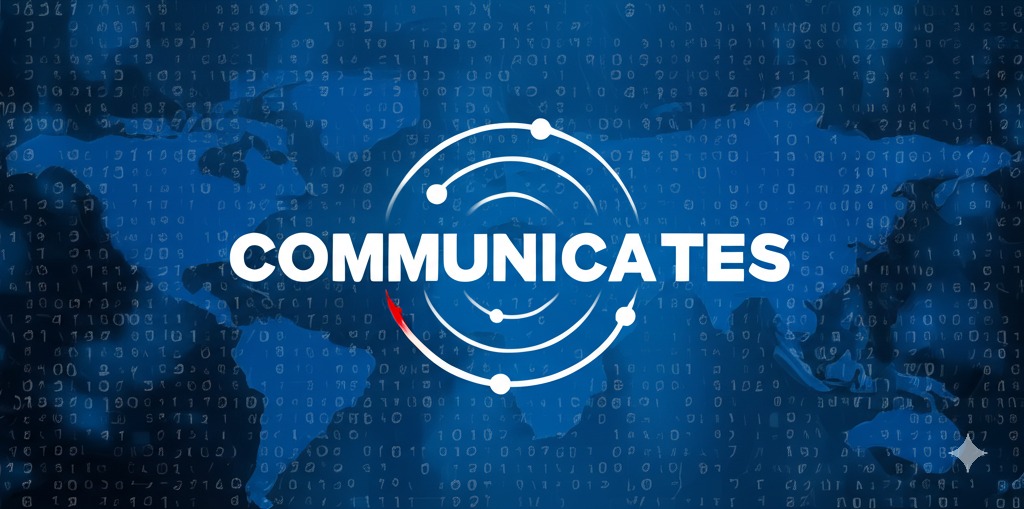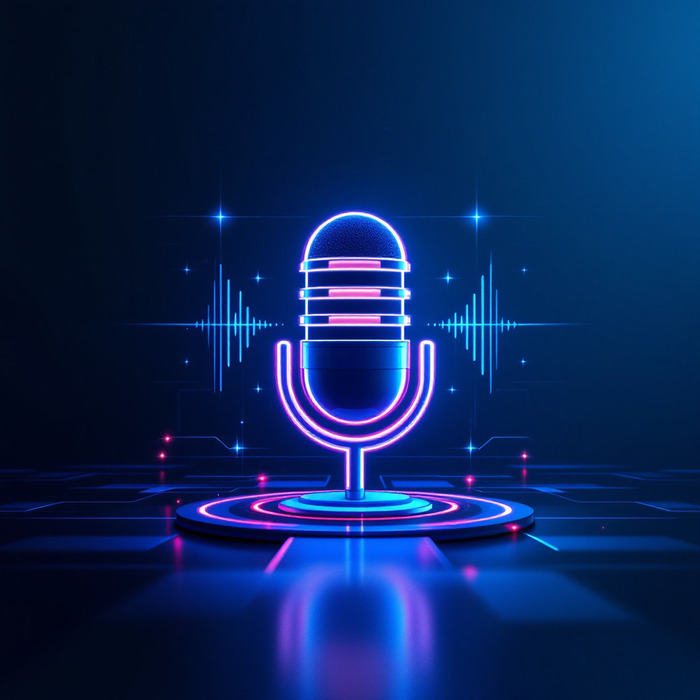
TTS solutions for ALS patients are voice technology systems that enable communication when ALS affects speech. These specialized tools convert written text into spoken words, providing patients with a way to express themselves as their natural speaking ability declines. From smartphone apps to eye-controlled systems, these solutions help maintain independence and connection throughout the disease progression.
ALS attacks the nerves that control speech muscles. As these muscles weaken, talking becomes harder and eventually impossible for many patients. TTS solutions for ALS patients step in when natural speech fails.
These tools are pretty straightforward – they speak words that patients type or select. For someone with ALS, this technology can mean the difference between isolation and staying connected to family and friends.
The latest TTS systems sound much more natural than the robotic voices of the past. Many patients can bank their voice by recording it early in their diagnosis. This means the computer voice can sound more like them, not some stranger.
For people with ALS, losing their voice isn’t just about communication – it’s about losing part of who they are. A voice carries personality, emotion, and identity. TTS tools help preserve this important part of being human when the disease tries to take it away.

Understanding ALS Communication Challenges
ALS (also called Lou Gehrig’s disease) is a tough condition that progressively shuts down the muscles. One of the cruelest parts is losing the ability to speak. About 80-95% of ALS patients eventually can’t communicate through normal speech as the disease moves forward.
When someone can’t speak, it affects everything – asking for help, sharing feelings, joining conversations, or even making important medical decisions. ALS text to speech solutions directly address this challenge by giving patients a digital voice when their natural one fades.
These communication problems typically follow a pattern. First, speech becomes slurred and harder to understand. Then speaking requires more effort and tires patients quickly. Eventually, many lose speech completely. Each stage requires different assistive communication technology for ALS to help patients stay connected to their world.
How Speech Technology for ALS Has Evolved
The tools to help ALS patients communicate have come a long way. Early devices were basic – they could only produce robotic, computer-like voices that sounded nothing like the person. Many were bulky machines that weren’t easy to carry around.
Today’s TTS solutions for ALS patients are much more advanced. They can run on regular smartphones and tablets, sound more natural, and some can even mimic aspects of the patient’s original voice. This evolution of text to speech technology has made a huge difference in quality of life.
Modern systems also work better for people with limited mobility. When ALS progresses, patients may not be able to type or touch a screen. New tools track eye movements or even brain signals to help select words and phrases, so patients can communicate even when they can’t move their limbs.
Voice Banking: Saving Your Voice for Later Use
One of the most important advances is voice banking for ALS patients. This process lets people record their voice while they can still speak clearly. The recordings are then used to create a personalized synthetic voice that sounds similar to their natural one.
The process is pretty simple. Patients read a series of phrases that capture the unique sounds and patterns of their speech. These recordings are processed by special software that learns how the person speaks. Later, when they need to use speech generating devices, the system can speak new words and sentences in a voice that sounds more like them.
Voice banking works best when done early, before speech problems become severe. Many doctors now recommend it right after diagnosis, even if the person’s speech seems fine. It’s like taking out an insurance policy for your voice.
Several free AI voice cloning services can help patients get started with this important step. The sooner someone banks their voice, the better quality recordings they’ll have for future use.
Voice Conversion Technology: New Hope for ALS Patients
Even if someone didn’t bank their voice early, new voice conversion technology can help. This tech is different from regular text to speech systems. Instead of just creating a voice from scratch, it can transform an existing synthetic voice to sound more like the patient.
The science behind this is complex, but the idea is simple – the system analyzes whatever voice recordings are available from the patient and uses that information to modify a standard computer voice. This works even if the person’s speech is already affected by ALS.
For patients diagnosed later or who didn’t bank their voice, this technology offers a way to preserve voice identity for ALS patients even after speech has begun to deteriorate. The results aren’t perfect but sound much more natural than generic computer voices.

Real-World Success: SSST Voice Conversion Research
Scientists have studied how voice conversion can help people with ALS who have different levels of speech difficulty. One recent approach called sparse structured spectral transform (SSST) has shown great results.
This method can create personalized voices even from limited samples of speech that’s already affected by ALS. The converted speech maintains good quality and sounds similar to the patient’s original voice, which helps maintain their personal identity.
Source: NCBI Research on Voice Conversion for ALS
AAC Systems with Text to Speech Features
When ALS affects speech, patients turn to Augmentative and Alternative Communication (AAC) systems. These speech generating devices come in many forms – from dedicated machines to apps on regular tablets and phones.
Basic AAC systems include:
- Communication boards with letters, words, or symbols
- Simple voice output devices with pre-recorded messages
- Text to speech apps that read typed messages aloud
- Word prediction software that speeds up message creation
More advanced systems include:
- Customizable interfaces that adapt to changing physical abilities
- Integration with environmental controls (lights, TV, doors)
- Multiple access methods as mobility changes
- Personalized vocabulary based on the person’s life and needs
The best choice depends on how far the disease has progressed, what muscles the person can still control reliably, and personal preference. Many patients use different tools as their needs change over time.
The Impact of Voice Tools on Quality of Life
Research shows that assistive communication technology for ALS makes a huge difference in patients’ lives. Without these tools, many become isolated and frustrated by their inability to express basic needs and thoughts.
Studies found that 80-95% of ALS patients can’t meet their communication needs through natural speech as the disease progresses. The right technology helps them stay connected to family, make healthcare decisions, and maintain as much independence as possible.
These technologies don’t just help patients – they also reduce stress for caregivers who no longer have to guess what the person needs. This improves relationships and the overall care experience.
Source: Frontiers in Neurology Study on AAC Impact
Advanced Control Methods: Eyes, Brain, and More
As ALS progresses, patients lose control of their hands and arms, making typing impossible. Modern TTS solutions for ALS patients offer alternative control methods.
Eye-tracking communication systems for locked-in syndrome use special cameras that follow eye movements. The patient can look at letters, words, or icons on a screen to select them. The system then speaks these selections aloud. This works even for people with very limited mobility, as eye control is often preserved longer than other movements.
For the most advanced cases, brain-computer interfaces detect brain activity and translate it into computer commands. Though still developing, these systems offer hope for patients in the “locked-in” state, where they’re conscious but can’t move at all.
Other control methods include:
- Head tracking with tiny movements
- Joysticks that can be controlled with minimal finger motion
- Sip-and-puff switches controlled by breath
- Single switches activated by any muscle the person can still control reliably
These AI text to speech tools for healthcare continue improving, giving patients options even as their condition changes.
The Emotional Benefits of Keeping Your Voice
Losing the ability to speak isn’t just a physical challenge—it’s deeply emotional. Our voices carry our personality, humor, and warmth. Voice banking for ALS patients helps preserve this essential part of identity.
Many patients say having a synthesized voice that sounds like them:
- Helps them feel more like themselves
- Makes family conversations feel more natural
- Allows them to continue telling stories to grandchildren
- Lets them express emotion, not just words
- Gives them a sense of control in a disease that takes away so much
One patient described hearing his banked voice for the first time as “getting a piece of myself back.” This emotional connection can’t be underestimated when thinking about quality of life.

Challenges in Accessing Communication Technology
Despite their benefits, many ALS patients struggle to get the speech generating devices they need. The barriers include:
- High costs for specialized equipment
- Insurance coverage that’s often limited or complicated
- Lack of awareness about available options
- Need for technical support and training
- Difficulty finding experts who can recommend the right tools
Getting the right system often requires working with a speech-language pathologist who specializes in dysarthria communication aids. These experts can evaluate a patient’s needs and abilities, then recommend appropriate solutions.
Many ALS organizations offer loaner programs or financial assistance to help patients access these critical tools. Some manufacturers also provide rental options or financing plans to make ALS speech assistance more affordable.
The Future of ALS Communication Technology
The tools for motor neuron disease communication keep getting better. Some exciting developments on the horizon include:
- Faster and more accurate eye tracking that works in various lighting conditions
- Brain interfaces that require less training and offer more natural control
- AI systems that can predict what the person wants to say with minimal input
- More natural-sounding voices with improved emotional expression
- Smaller, more portable devices with longer battery life
- Better integration with smart home technology and virtual assistants
These advances will make communication easier and more natural for ALS patients in the coming years. Research into personalized TTS solutions for neurodegenerative conditions continues to be a priority for many technology companies and research institutions.
Multi-Modal Communication Memory Banks
A promising new approach combines voice banking with recording other aspects of communication. These comprehensive systems preserve not just what someone says, but how they say it.
These “communication memory banks” capture:
- Voice recordings for creating synthetic voice for speech disability
- Facial expressions through video
- Common gestures and body language
- Personal speaking patterns and phrases
- Stories and memories in the person’s own words
By saving these elements, future TTS solutions for ALS patients could create more authentic communication that reflects the whole person, not just their words. This approach recognizes that we communicate with much more than just our voice.

How to Choose the Right Communication Solution
Finding the right assistive communication technology for ALS depends on several factors:
- Current abilities – What movements can the person control reliably?
- Disease progression – How quickly are abilities changing?
- Environment – Where and how will the technology be used?
- Support system – Who will help with setup and troubleshooting?
- Personal preference – What feels most comfortable to the user?
The best approach usually involves working with a team that includes:
- The patient and family members
- Speech-language pathologist
- Occupational therapist
- ALS specialist physician
- Technology specialist who knows the latest options
Starting with simpler solutions early can help patients learn the technology before they really need it. Many find that having backup systems is important as the disease progresses.
Faq’s about TTS solutions for ALS patients
When should ALS patients consider voice banking?
As soon as possible after diagnosis, even if speech sounds normal. Early recording captures the clearest voice quality before any speech changes begin. Most experts agree that “too early” is better than “too late” when it comes to voice banking.
How natural can synthetic voices become for ALS patients?
Modern synthetic voice for speech disability sounds much more natural than older systems. Voice banking can create voices that friends and family recognize as sounding similar to the patient. While not identical to natural speech, the quality continues to improve with new technology.
What funding resources exist for communication technology?
Options include Medicare and Medicaid coverage (with a doctor’s prescription), private insurance, ALS Association technology loans, veterans benefits for those who qualify, and grants from organizations like Team Gleason. A social worker familiar with ALS can help navigate these resources.
Can existing recordings be used for voice banking?
Yes, in some cases. Clear recordings like audiobooks, podcasts, or home videos might be usable, though purpose-made voice banking recordings usually work better. Some companies are developing ways to create voices from limited existing samples.
How do TTS solutions adapt as ALS progresses?
The best TTS solutions for ALS patients are designed to be adaptable. They offer multiple control methods that can change as abilities change. Many patients start with touch or keyboard input, then transition to eye tracking or switches as needed.

Conclusion about TTS solutions for ALS patients
TTS solutions for ALS patients provide a crucial bridge when natural speech fades. They help people maintain their identity, independence, and connections when they need them most.
From voice banking that preserves a person’s unique vocal identity to advanced eye-tracking systems that work even in late stages of the disease, these technologies make a real difference in living with ALS.
While the technology continues to improve, the most important aspect is starting early. Getting familiar with the options, banking your voice, and learning to use communication systems before they’re urgently needed makes the transition smoother.
For people facing the challenges of ALS, these speech tools aren’t just convenient technology—they’re lifelines to the world around them and to the identities they’ve built throughout their lives.

